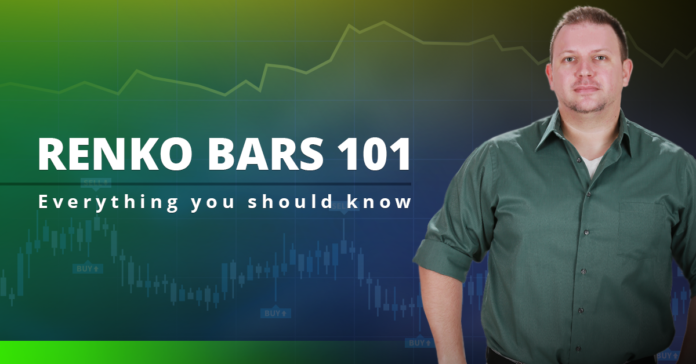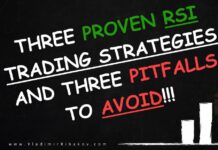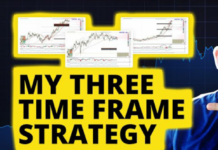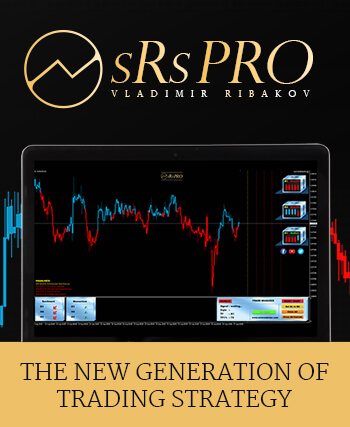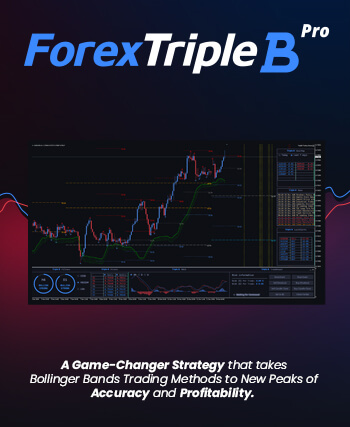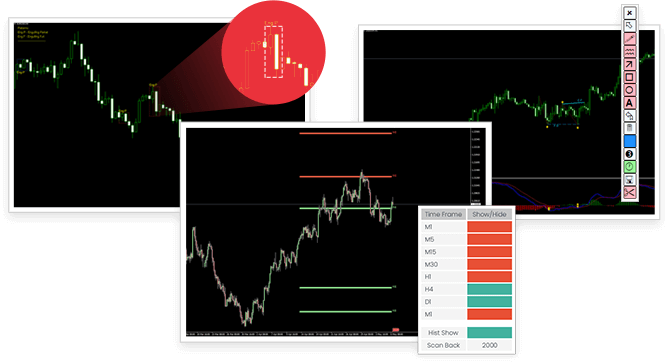
Renko Bars Introduction
Renko Bars or Charts are an exciting way to look at the market. This type of charting has been invented by the Japanese. The name comes from the word “renga” which translated from Japanese, it means brick.
Time and volume are removed out of the equation that creates the candle. Renko bars focus on the price movement instead making the chart look a lot more organized and clean. Only when the price moves a certain amount of pips, a new renko bar will be created, as opposed to regular candlesticks where there is a new bar every X interval (5 minutes, 15 minutes, four hours, days) – depending on the time frame you have selected.

And same chart with regular candlesticks:

This saves a lot of mess on the chart if you think about it. One renko bar or candle could develop for hours if there is not volatility. The chart above represent a 20 pip bar in the GBPUSD. In other words the price must go up or down 20 pips from open to close in order for a new brick to print out on the chart.
If you haven’t used or heard of Renko Bars before i’m sure you will be amazed how good the chart looks like.
Formation of the Renko Bars
Most renko bars are calculated in two ways – using ATR or using the user’s predefined value for the size of the brick.
Average True Range (ATR) – Uses the values generated by the Average True Range (ATR) indicator. The ATR is used to filter out the normal noise or volatility of a financial instrument. The ATR method “automatically” determines a good brick size. It calculates what the ATR value would be in a regular candlestick chart and then makes this value the brick size.
Traditional – Uses a user-pre-defined absolute value for brick size. New bricks are only created when price movement is at least as large as the pre-determined brick size. The upside to this method is that it is very straightforward and it is easy to anticipate when and where new bricks will form. The downside is that selecting the correct brick size for a specific instrument will take some experimentation.
Benefits of Renko Charts and How to trade them?
You will hear many different and contradicting opinions about this way of charting. The “against” supporters point out that the majority of the traders around the world use regular japanese candlesticks or bars. Thus when you switch to Renko Bars you won’t see what they see.
Another good point out there is that the majority of retail traders use MT4’s (metatrader 4) platform which doesn’t offer built-in renko charts. You should go ahead and purchase an additional indicator/expert advisor (or get one for free) that will convert your regular chart into Renko Chart.
There is nothing wrong with that besides the technical issues that could arise. I have personally purchased and used external software for MT4 and the results were not bad excluding that once you open more than 5-6 charts the platform would start freezing etc.. And i have a pretty good machine plus the charts were naked. What would happen when I load some of my software’s like Triple B or sRs even though they are very well optimized to not consume CPU or RAM.
Of course there are other platforms that have built-in renko charts and things go a lot smoother there.
On the PRO side, eliminating the time factor, eliminates a lot of noise that the time based candles produce. Support and resistance zones literally pop out on the chart. Such levels and zones are extremely easy to spot which is great as probably 99% of the traders use S/R zones in their trading one way or another.
Having that in mind it is important to consider the fact that the price may surpass the high or low of a renko bar without printing out a new bar. This is crucial when setting your stop loss and targets.
Another great benefits is that you can set the size of the renko bars yourself. Swing trader? Scalper? No problem. Test and see what size suits you best and set it up.
At the end of the day, to me personally best feature is the filtering of the noise.
Renko Bars Trading Strategies and Systems
You can apply any trading strategy to a renko chart – would it perform better or worse, you will have to forward test and see.
Strategy 1
Since identifying the support and resistance zones is so easy and transparent many people stick to the basics. Find a good S/R level and look to trade divergences near it. Of course applying more filters that will give you more edge in your trading is always welcomed.
Here is a very simple example in the GBPUSD chart using 20 pip bars. Price created a higher high showing a good strong trend. We want to improve the risk:reward ratio of our trade and thus wait for the price to retrace (if you find this method interesting check out my e-book which explains this strategy in details).
Once that I have identified the direction of the trade i’m looking for I can start waiting for divergence to occur around the support zone. This way if the price stops there and reverses, I can use as protection the S/R levels allowing me to have a great Risk versus the potential Reward.
I have also placed Fibonacci Retracement in order to know where the most used levels are – 38.2%, 50% and 61,8%.
As you can see the price and MACD create hidden bullish divergence inside the buy zone (blue box which marks the s/r) and our setup is ready to be traded. There was a false break of the 50% fibo level which is another great confirmation.
I would enter a long position once the green bar closes. The stop loss could be placed either below the last low created or below the third dashed red line (this would be more conservative stop loss as this is also 61,8% fibo level and the end of the S/R range.
It all depends on your trading style and risk tolerance. Tigher stop loss would allow you a better risk:reward but you also risk to lose if the price decides to test the final supportive level.
The last high would give us at least 1:2.5 /3 R:R ratio which is not bad.
Strategy 2
Another way to join an existing trend would be to use chart patterns and breakouts. This kind of trading doesn’t really require any indicators and you can trade it in a “naked” chart.
Again using the same chart and only 1 simple rules we are able to find good setups. The price has respected the last swing high, false broke it and created a lower high. This is the first indication that the trend might reversing or going for a correction. Either way we can expect a down move. Next step is to see whether the last low will be broken or not.
A bit more aggressive approach would be to sell right below this last low. A more conservative approach is to wait for the breakout and then sell the correction. In our case the price moved down strongly and we wouldn’t get a chance to sell the re-test of the support/low BUT if you wait enough you will see that something like a flag has formed.

Notice how the lower range of the support zone that we have marked above is now in play again. Price respects this level and the price action shows it. Break above green bar, break below red bar then up again. Price would push a bit higher near the higher range of the same support/resistance zone and would eventually break down.
The be more conservative I would wait for the horizontal and trend line breakouts. Of course you can wait for a breakout then re-test of the trend line and last high for better risk:reward ratio. The chance of missing the trade is always there so you must decide for yourself.
This article should be enough to get you started with renko bars! Always test on demo before going live!
Now it is your term – share with us your experience or lack of experience with renko bars, what you think of them, did it make any change for you?
Like and share this post if you find it useful!
Yours,
Vladimir

